Summer Snowflake Viburnum
$69.50 Original price was: $69.50.$48.65Current price is: $48.65.
- Free Shipping over $25
- Fast & reliable delivery options
- Enjoy top quality items for less
- Multiple safe payment methods

Some shrubs just grab you with their beauty, and that is definitely true of this one – the Summer Snowflake Viburnum. A truly remarkable plant of enormous grace and beauty, it is a shrub that will bring you enormous satisfaction, and it isn’t at all hard to grow. Its special form, with layers of branches like a wedding cake, is attractive even in winter. The dark-green leaves are always handsome, and dramatically beautiful in fall, when they turn rich reds. But it is the flowers that really make your heart sing. In flat clusters resembling lace-cap hydrangeas, they line up along the branches, emphasizing that wedding cake look, and making a wonderful impact in your garden. Most varieties of this plant bloom just once, in early summer, but this one keeps on blooming all through summer and even into fall, where you can have blooms and the red berries that follow them, all showing at the same time. Always attractive and always with something new to show, this is a shrub no garden should be without, and certainly not yours.
Growing the Summer Snowflake Viburnum
Size and Appearance
The Summer Snowflake Viburnum is a deciduous shrub of moderate growth, that becomes an upright bush passing 8 feet tall, with a narrower profile to perhaps 6 feet wide. Older plants may become larger in time. It sends up several vertical stems that develop horizontal branches, creating a very special layered look, with the branches in several tiers of growth. The leaves are 3 to 4 inches long and oval, tapering to a pointed tip and with toothed edges. The veins are pronounced, and give the leaves a ‘ribbed’ look. The leaves have a mat surface and they are mid to dark green, staying clean and fresh all summer. In fall they color beautifully, turning dark reds and bold purples, making a great show.
The main flowering time is in May and June – perhaps even earlier in warmer parts of the country. This particular variety is unique, though, in continuing to bloom throughout summer and even into the fall. The flowers are in flattened heads about 3 inches across, carried all along the top of the horizontal branches, in two distinct rows. The effect is very decorative. Each cluster is a circle of pure-white flattened blooms, about 1-inch across, surrounding a central group of tiny white flowers. It looks very similar to the flower heads of a lace-cap hydrangea. The flowers are followed by clusters of berries that turn red in late summer and early fall, making a striking display. Blooms and berries may be seen at the same time, because new blooms keep opening through the summer. Later in fall the berries turn dark red and then black, and they are eventually taken as winter food by wild birds.
Using the Summer Snowflake Viburnum in Your Garden
This wonderful shrub deserves a prime location in your garden, where its beautiful horizontal branching can be appreciated. Place it where it can be seen to the ground, not hidden behind other shrubs. It looks perfect in a corner, or in the angle of a wall, but allow room for it’s final width, and don’t plant in front of low windows. It looks fabulous in a designed garden, but also wonderful in natural, woodland areas, perhaps at the sunny edge of some trees.
Hardiness
The Summer Snowflake Viburnum is hardy in zone 5, and we have reports of it growing in zone 4, as long as it is sheltered, and allowing for some die-back in a hard winter. It also grows well in warmer zones, all the way into zone 5.
Sun Exposure and Soil Conditions
Plant your Summer Snowflake Viburnum in a sunny spot, especially in cooler zones and where the soil is not often dry. In the hottest zones some afternoon shade will be appreciated, and it also grows with some light shade from overhead trees. It will grow in most ordinary garden soils, preferring neutral or acidic soil, but easy to grow almost anywhere. Soils that are generally moist but well-drained are perfect, so avoid wet areas and very dry ones too. Established plants have moderate resistance to drought, but don’t grow well in arid places.
Maintenance and Pruning
Considering how beautiful it is, this plant is very easy to grow. It usually avoids any serious pests or diseases, and once it is established it needs very little attention. Very little pruning is needed, and never take out the trimmers or turn it into a ball. Encourage side branching. If necessary you can cut back any strong vertical stems by up to one-third, to encourage those horizontal branches that are a big part of the beauty of this shrub.
History and Origin of the Summer Snowflake Viburnum
The double-file viburnum is a native plant from China and Japan, where it has been grown in gardens for centuries. The wild plant is called Viburnum plicatum, but the original garden plants had larger flower heads, with many large flowers, and these are called ‘variety tomentosum’. The first plants came to Europe from China in 1846 with the Scottish botanist Robert Fortune, but there have been many more brought over, often from Japan, since then. The most well-known dates to 1902. It is called ‘Mariesii’ and it has more ‘lace-cap’ type flowers and a very broad form, often growing to 12 feet wide, and so too large for most modern gardens. The variety called ‘Summer Snowflake’ was collected in a natural area in Japan by R.F. Michaud of Alpenglow Gardens, Surrey, British Columbia in the early 1960s. He gave plants to the B.C. Botanical Garden in 1975, and they arranged for its release via registration with the Canadian Ornamental Plants Foundation.
Buying the Summer Snowflake Viburnum at the Tree Center
England’s Royal Horticultural Society gave the Summer Snowflake Viburnum their coveted Award of Garden Merit in 1992, confirming it in 2012, so you know just how good this plant must be. Bring the most outstanding of all the Viburnums into your garden by planting this gorgeous shrub. You will love it, but don’t hesitate in ordering, because this plant is always in high demand, and is soon no longer available.
Be the first to review “Summer Snowflake Viburnum” Cancel reply
Related products
Rhododendron
Boxwood Shrubs
Drift® Roses
Shrubs and Hedges
Butterfly Bush
Butterfly Bush
Butterfly Bush
Hydrangeas



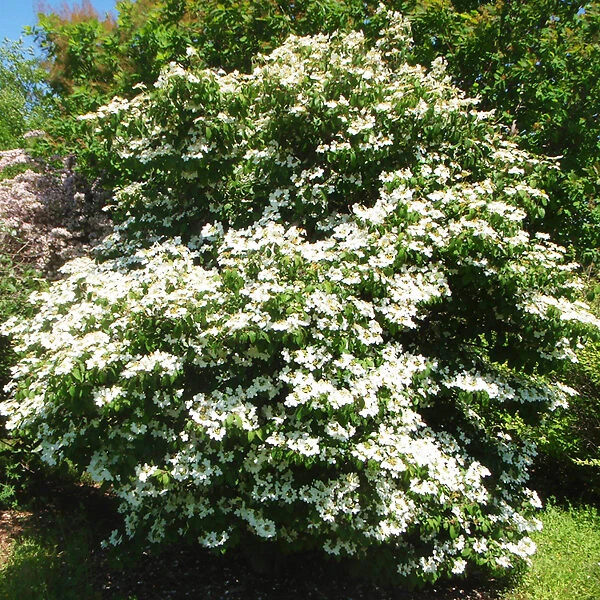

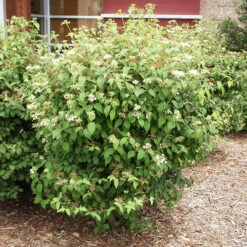
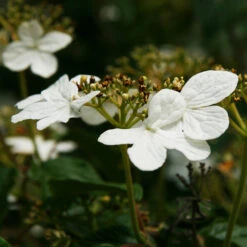
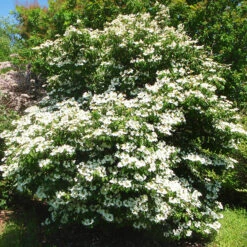


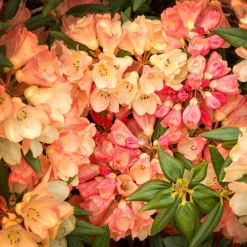
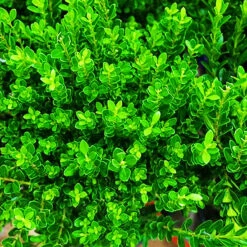

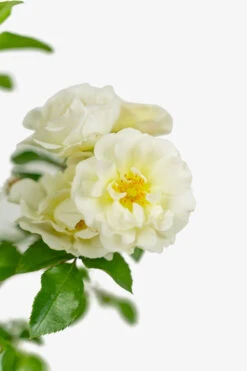
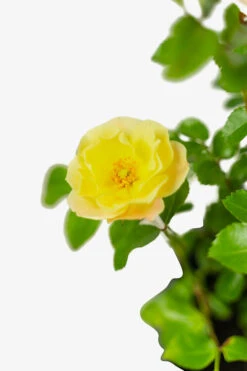
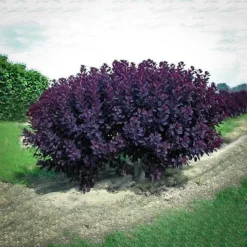
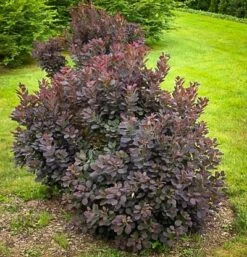

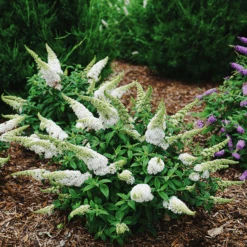



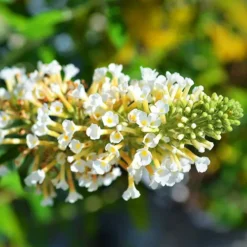
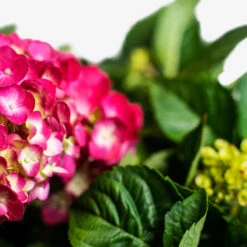
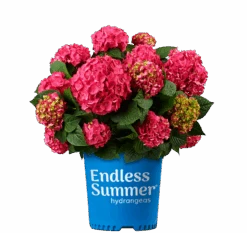
Reviews
There are no reviews yet.